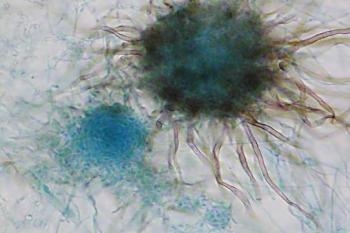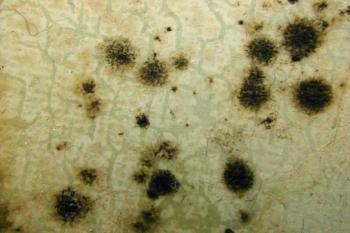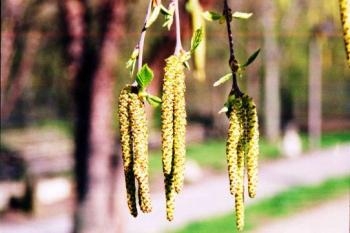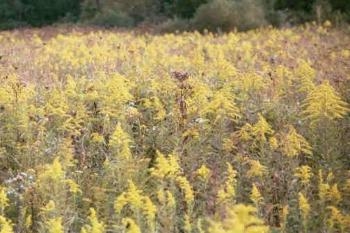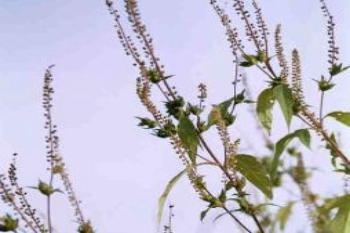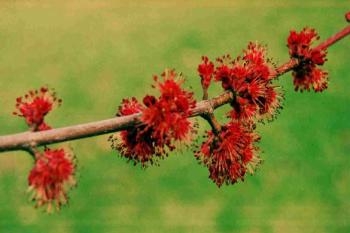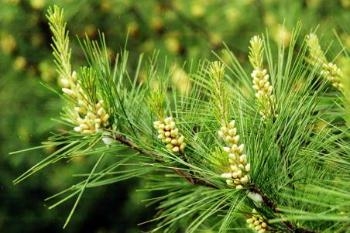Whether you are a patient or a healthcare provider, look to AllerNurse to provide you the access you need to information and supplies to manage allergies better. We strongly encourage any person having health problems to consult with a physician.
About Us
Allergy Information Services,LLC, owner of AllerNurse, is an information and health services company. Our company’s founder, Marc Thomas, R.N., a member of several professional allergy organizations, has over forty years of experience in the healthcare profession. Twenty-three of those years have been dedicated to managing the care and education of allergy patients.
Our company’s primary goal is to provide accurate and easy to understand information about allergies. Our secondary goal is to provide a central location for patients and allergy care providers to link to additional information and supply sites. This will better enable them to manage allergy problems. We hope to continually improve and expand our site for the benefit of our users.

Our logo’s central theme lgE is the symbol for the IgE molecule. This reactive immune system protein, along with several other chemical mediators, is responsible for the majority of allergy symptoms that occur in people. The RN stands for Registered Nurse. The entire logo was designed to reflect our site’s and company’s purpose and goals. We hope to continually improve and expand our site for the benefit of our users.
Interview with Marc Thomas RN
One of the main culprits of itchy and water eyes is ragweed. Listen as Marc shares insight on Ragweed and the way it affects allergy patients.
Used with permission by Jack Booth M.D. – Southeastern Ohio Otolaryngolgy, Inc. & George Hiotis – WHIZ TV, Zanesville, Ohio.
Primary Inhalant Allergens of the Season
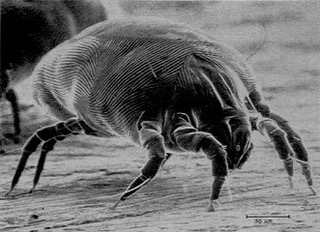


House dust mite excrement, animal proteins, and mold spores are the primary inhalant allergens responsible for causing allergic symptoms in susceptible individuals during the winter months. These same allergens may cause problems for patients on a year around basis as well.
Tree pollens, grass pollens, and weed pollens are known as seasonal inhalant allergens. They are present in the air causing problems for sensitive individuals during the growing seasons throughout the United States as well as the rest of the world. Exposure to these seasonal allergens often results in a major increase in the patient’s symptoms during the peak pollination times of the year. This increase in symptoms may be what ultimately drives these patients to seek the help of a physician or other healthcare professional. Often these same patients live with milder symptoms the rest of the year, which they may consider normal for themselves. These milder symptoms may be coming from the allergens pictured above.
A patient whose symptoms are primarily due to exposure to dust mites and animal proteins will likely see their symptoms peak in the winter months. There are reasons for this. One of these is that we spend more time inside during the winter with our homes closed up tight resulting in our exposure increasing and becoming nearly constant.
Finally, with the furnace running throughout the winter, the indoor air dries out and becomes static charged. The increase in positively charged ions in the air results in more dust and animal proteins, which are negatively charged, remaining suspended in the air for us to breath and react to. In the past, the amount of dust in the air at any given time of year was tracked on what was known as the “dust curve”. An increase in the amount of dust measured in the air was seen from October through March, in much of North America, with the peak being in January. The widespread use of whole house air conditioning has resulted in a flattening of the dust curve and in sensitive patients having more constant symptoms.
Mold spores can cause problems both inside our homes as well as outdoors as a result can be both a perennial and a seasonal allergenic factor. Finding the right balance in humidification of our homes is essential in keeping dust exposure to a minimum yet preventing an increase in the mite population and an increase in mold growth. It may not be possible to completely avoid any of these allergens, but things can be done to help reduce exposure as well as to treat and/or prevent the symptoms. Of all the treatments available, patients need to be educated that immunotherapy is the only treatment that changes how we react to these allergens and ultimately changes the course of allergic disease.


